Name Manuel Pineiro Role Cuban Political figure | ||
 | ||
Spouse Marta Harnecker (m. ?–1998) | ||
Children Camila Pineiro Harnecker | ||
Manuel Piñeiro Losada (Matanzas, Cuba, March 14, 1933 – Havana, March 11, 1998), known as Barba Roja (Spanish: "red beard"), was a Cuban political and military figure, a leading character of the Cuban Revolution, as the first head of Fidel Castro's security apparatus (known as Dirección General de Inteligencia (DGI): General Intelligence Directorate). By supporting armed struggle in Latin America, the DGI would try to help the expansion of radical leftist guerrilla groups in the subcontinent.
Contents
- Hernando habla sobre la muerte de su jefe manuel pineiro barba roja
- Early beginnings
- Role in the Cuban Revolution
- Sudden death
- References
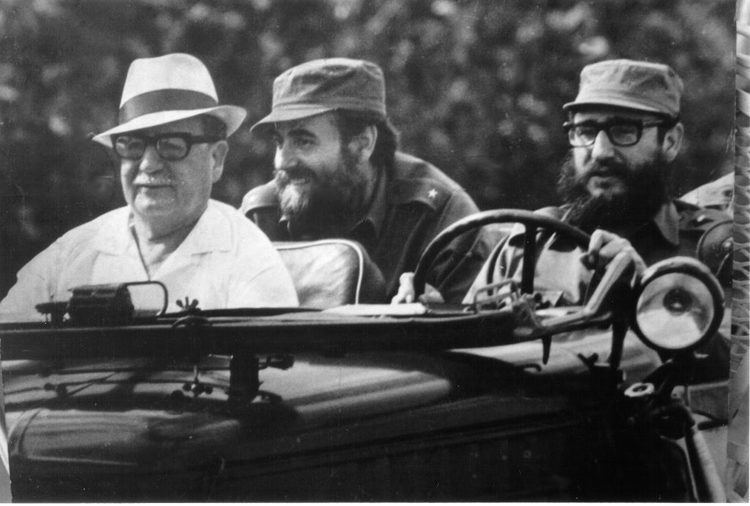
Piñeiro was the Cuban DGI chief from 1961-1964. He then became Deputy Minister of the Interior in charge of the state security apparatus from 1964-1968. A Soviet reorganization of the DGI forced Piñeiro out of his position and he was then placed in charge of the DGI's Latin American affairs division.
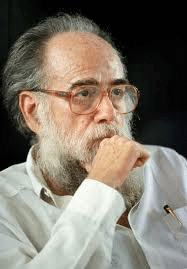
Hernando habla sobre la muerte de su jefe manuel pineiro barba roja
Early beginnings
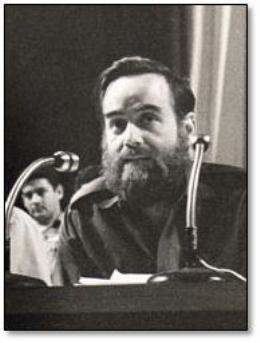
Piñeiro participated in student protests or demonstrations against the 10 March 1952 coup d'état, which brought to power dictator Fulgencio Batista.
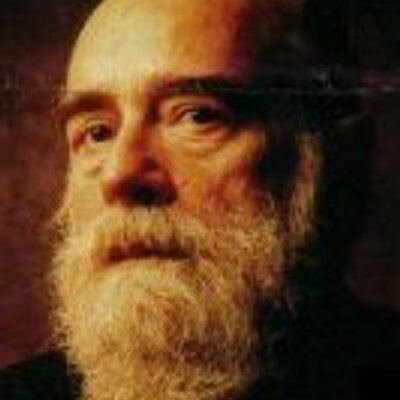
In September 1953, his relatively prosperous family (he was the son of a Bacardí executive) sent him to study business management at Columbia University in New York, to take him away from the political turmoil of the time. While studying in the US, he began to oppose the social, racial and political discrimination that he saw in the United States at that time and he felt the need to return to Cuba.

He returned to his hometown in 1955 and became a founder of the July 26 Movement. Soon after his comeback, Piñeiro was arrested by Batista's security agencies because of his subversive or underground political activities. After his release, he continued his clandestine activities in Havana. Upon discovering that he was under police surveillance, he decided that it was better to leave for the Eastern Sierra Maestra and join the guerrilla columns headed by Fidel Castro.
Role in the Cuban Revolution
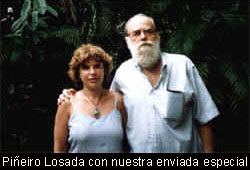
In March 1958, he was recognized for his merits and was personally chosen by Fidel Castro to be the officer tasked with integrating the recently created Eastern Front II "Frank País", under the command of Fidel's younger brother, Raúl.
During that time, he held several meetings with members of the regular (Batistas's) Cuban Army. Subsequently, he was appointed Chief of Personnel and Inspection, a position that included responsibilities for the Intelligence Service and the recently created Policía Rebelde (predecessor of Castro's Revolutionary Police).
During the battle for Santiago de Cuba, he was promoted to Commander of the Cuban Revolution. After the triumph of the Revolution he was appointed "Chief of the Military Plaza" in Santiago de Cuba, the second largest city in the country.
It is at this time that his face is caught by photographic cameras for the first time, showing his red beard and revealing the reason of the nickname given to him by the rebel troops.
He was then transferred to Havana, where he served various functions in the creation of the intelligence agencies and security of the new Castro regime. During the Bay of Pigs Invasion, Piñeiro was deputy to Ramiro Valdés Menéndez, head of G-2 (Seguridad del Estado, or state security).
On June 6, 1961, he was appointed Deputy Minister of the Interior and head of the so-called Technical Viceministerio, the body that would be later responsible for gathering intelligence and developing strategies to expand communism in Latin America.
In 1965, he was appointed to the Central Committee of the Cuban Communist Party, a post he held until 1997.
That same year in Havana, he received the visit of Markus Wolf, director of the East German secret police (the Stasi). Wolf, whose real identity would only be known to the Western intelligence services in 1979, had gone to Cuba to advise the Communist regime on how to set up the new General Intelligence Directorate on the island.
In early 1975, Piñeiro was head of the "Américas Department" of the Cuban Communist Party's Central Committee.
In 1997, he resigned all his active government positions and started to write and edit books dedicated to a restrospective analysis of the Cuban Revolution.
Sudden death
On March 11, 1998, after receiving a tribute for the 40 years of the creation of the Eastern Front, he had a car accident while driving to his house and crashed into a tree, losing his life.
